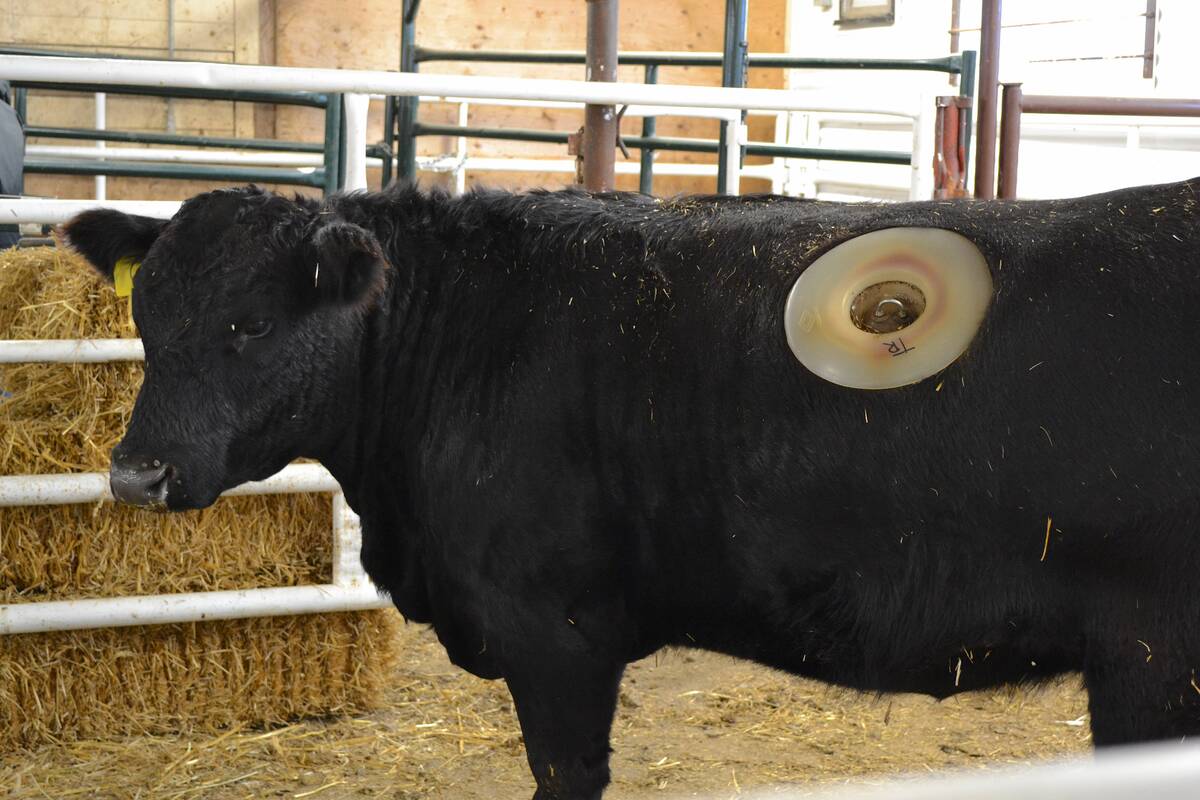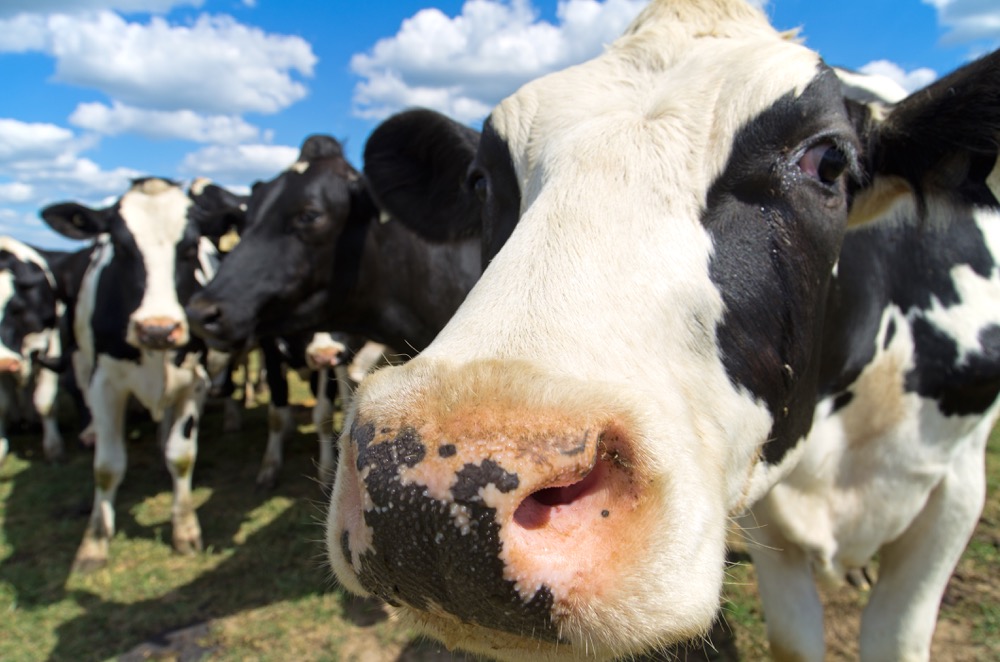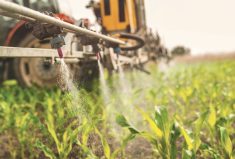[UPDATED: Oct. 20, 2021] The increase in the cases of chronic wasting disease in Alberta and Saskatchewan has caught the attention of policy advisors in Ottawa.
A report from the Canadian Agri-Food Policy Institute highlighted an extreme urgency to prevent any further spread of the disease and the organization has called for a close of cervid farms.
Chronic wasting disease (CWD) is a prion disease that affects cervids (deer, elk, moose and caribou). A reportable disease in Canada, it affects the nervous system and its symptoms include weight loss, salivating, behaviour change, lack of co-ordination, paralysis and secondary bacterial infections such as pneumonia. Transmission occurs through saliva, feces, urine, velvet, carcass and blood. It is fatal and as prions bind to the soil, CWD can live in that medium for many years.
Read Also

Lakeland College studying livestock wellness through cannulated heifers
Lakeland College’s Applied Research Team is working with six cannulated heifers on a handful of research projects.
The increasing incidence of the disease has scientists worried about those vulnerable cervid populations such as boreal caribou, whose numbers are already in decline. And there is growing concern for increased cross-contamination between wild and farmed animals.
Although it is spread amongst cervids, there is no evidence that it is transmissible to humans. Yet, as the footprint of human populations increases, there is pressure on wild populations, which then gravitate to shared open spaces in urban and rural areas. There is no chance of infected meat that has been inspected getting onto a retail shelf, but hunters do not have to test their kill in many jurisdictions. The differing regulations in each province is seen as a loophole for future problems.
- More with Brenda Schoepp: A solid foundation is key to resilience and can’t be neglected
The challenge is in getting the disease reined in or eradicated. And the question is: Will the closure of cervid farms make a significant difference?
This is a classic dilemma that includes many stakeholders at a multitude of levels including human and animal health, regulatory services, federal and provincial governments, science and research, veterinary medicine, production, processing, transportation, tourism, international trade, municipal participation, Indigenous representation and the public. Choices such as action through a more holistic One Health approach or in the singular action of eradication in regions might both hold merit, but the collaboration of all stakeholders is always better. And it is collaboration on surveillance that Indigenous folks are asking for.
Taking out cervid farms that produce velvet or meat with or without compensation is certainly a tough decision at any time. Compensation seldom covers the capital infrastructure investment by the farmers themselves. There is also always a taxpayer cost. Eliminating this form of farming in Canada where there is a regulatory framework only shifts it to places where the rules are not in place. In addition, the majority of the cases are in wild populations (even though the bulk of the testing is in farmed animals).
This issue is not a new one as CWD was identified in Colorado and Wyoming in the 1960s and 1970s. Currently 40 per cent of free-ranging cervids in the U.S. are considered infected with the disease. In 2019, 11.9 per cent of the tested animals in Alberta were positive. Getting to the starting point by bringing the conversation to the table as the Canadian Agri-Food Policy Institute did is critically important. Awareness is always good and the many recommendations in the report present a host of options.
Perhaps it is best to begin with one recommendation to measure the impact of that action.
Whatever the industry and governing bodies agree upon, it should be applicable nationwide so one jurisdiction does not carry the weight of the disease (or the cost) nor be of a risk to others. And in Canada, this is the challenge with such strong and independent provincial regulations. One point of intersectionality is better than no action at all.
Taking a long-term view includes facing the hard facts, such as the potential of spread into vulnerable or depleted populations. But it does not preclude asking the farmers themselves what works for them and how they could exit with dignity.
The farms are abiding by the regulations and are the most tightly monitored. Currently Canadian cervid farms can voluntarily participate at different levels in programs with the CFIA for immediate action if an infected animal is found, thus allowing for the possibility of compensation.
Would the benefit of closing cervid farms outweigh the costs? That is the question for all stakeholders as they grapple with such a complex issue.
I don’t have the expertise to have a stand on the issue, but experience suggests that if we listen to the collective voice of farmers and veterinarians — those closest to the animal and the science — then we have a potential road map.
And once again, this is Canada’s opportunity to fund and attract new research to share with production, health and regulatory bodies. It is also an opportunity to look at health and welfare infrastructure and determine if the interprovincial restrictions are crippling for moving ahead on future disease issues, without selling the farm.
(Both the full CAPI report and an executive summary can be found at the CAPI website.)
*Update: The first sentence previously indicated ‘government officials.’
















